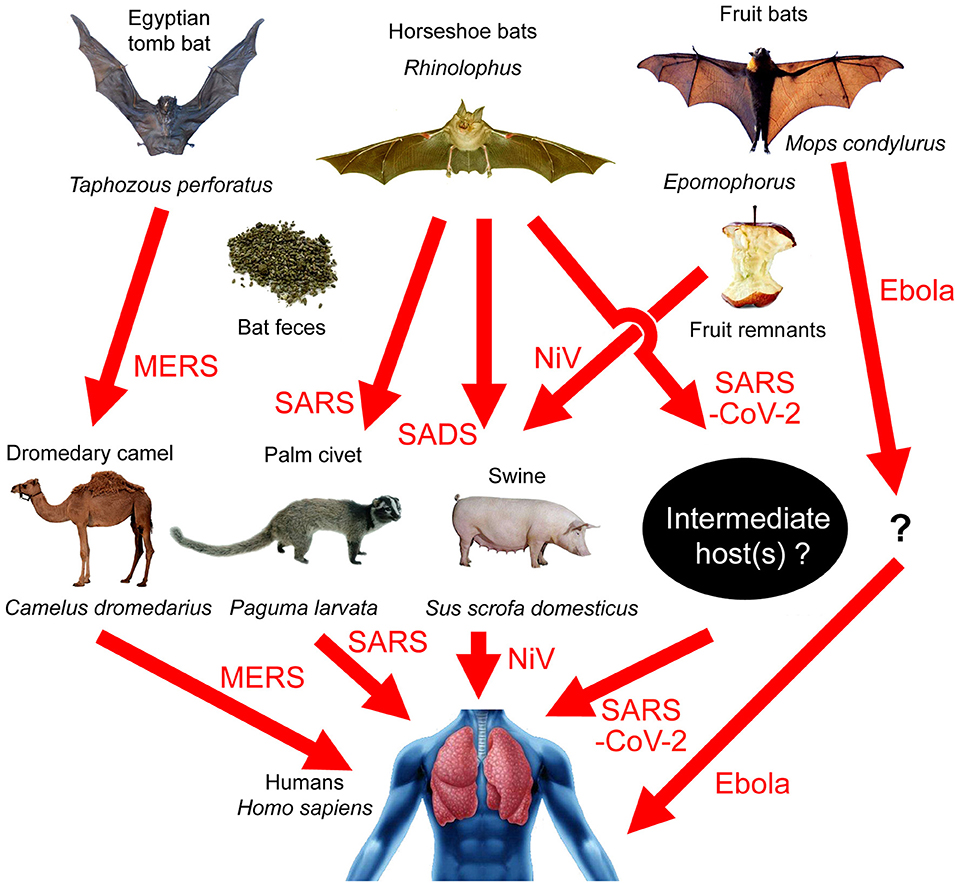| useruserB said: Is a lab origin really that far-fatched? Isn't it the purpose of gain of function research to mimic/re-create how zoonotic spillover events happen but in a more safe, secure and controlled lab environment?? And in a lab setting, you can remove some of the roadblocks and RNG that nature puts up like, frequency/duration of animal to animal/animal to human proximity/contact, co-infection of cells with a specific second virus for recombination potential, that pesky immune system that clears the infection before it can better adapt or spread to another host/species etc... Something just doesn't seem right.. Wuhan lab collecting bat coronaviruses for GoF research happens to be located in the region that was the first epicenter of the outbreak. Two years prior to the pandemic, US officials warned about the inadequate safety at the lab and the potential for a new SARS-like pandemic. Lead bat coronavirus researcher Dr. Shi Zhengli's initial fear was that it could have came from her lab and that it kept her up for days, but then ruled out that possibility based on genetic sequences at her lab. But all the way back in Sept of 2019 an extensive bat coronavirus database was taken offline coinciding with recent reports that lab workers were sick there back in the fall of 2019(probably sick from community transmission but perhaps spooked of a possible recent lab leak, harvard study showed evidence of sizeable community spread back in August 2019 via search queries for symptoms and satellite parking lot hospital images). You also have the fact that china waited a year to let researchers in for a very controlled and supervised "investigation" and the lab origin was ignored. No ability of any investigative body to review records,lab notes, access to lab databases, interviews with researchers/other staff. China has been uncooperative, offered very little data, 0 transparency and access for a year now... and for some reason they are having fun bullying Australia with tariffs for asking questions lol. This also wouldn't be the first time something leaked from a lab in China, SARS1 leaked on a couple of occasions. |
As you said, genetic sequencing ruled that out. Genetic sequencing also ruled out any purposeful tinkering with the virus, confirmed by scientists abroad. It all points to a natural mutation via a host animal species.
What is more likely, bats interacting with other species all over the world, species that get traded, trafficked and eaten all over the world and have been involved in all previous viruses emerging

Or a bat (or bat feces) interacting with a cat? in a lab that then infects someone outside?
Consider this
https://www.thelancet.com/journals/laninf/article/PIIS1473-3099(20)30641-1/fulltext
“If the virus had been human-made, that would show in its genome”, counters Robertson. “Besides, if you were going to create a coronavirus that can be transmitted by humans, you would almost certainly start with the first SARS virus. SARS-CoV-2 is like nothing we have seen before. It really is highly unlikely that someone created it; it is not put together from pieces we know about.” SARS-CoV-2 is closely related to other beta coronaviruses such as RaTG13, a bat virus that the Wuhan Institute of Virology has been working on. But it only shares 96% of its genome sequence with RaTG13, which makes them roughly as similar as human beings and chimpanzees, and points to a common ancestor rather than one springing from the other.
The inconvenient truth is that, blaming labs and tightening security there, isn't going to protect us one bit from future outbreaks.
“The major thing is to change our behaviour”, adds David Morens, senior advisor to the director at the US National Institute of Allergy and Infectious Diseases. “That means stopping deforestation, perturbing the environment, bat cave tourism, and intensive farming.” Prompt detection of new viruses is also crucial. But the places where new zoonotic diseases tend to emerge do not typically have strong public health surveillance systems. “We have to invest in infrastructure that would allow outbreaks to be detected far earlier than they currently are”, Wood says.




















 Essay Pro
Essay Pro